It’s About Time
Investigating big questions via a Porsche 904
BY: MILES C. COLLIER
PHOTOS: PETER HARHOLDT/REVS INSTITUTE
In preparing for the annual Road Scholars’ Four-Cam Jam get together at Virginia International Raceway, I decided to take my red Porsche 904 off display and send it to the event for a good hard exercise.
I bought this car from Chuck Stoddard’s Ohio-based Porsche dealership back in 1976. I had made the decision that collecting old cars would be a good substitute for SCCA racing, for which I had no further time. A Stoddard ad in Panorama, the Porsche Club magazine, had a picture of a Porsche 904 that, the ad averred, was in remarkable original and complete condition. Off I went from Florida to Ohio, where I bought this, my first collectible automobile.

The ruby-red car had originally been ordered from the factory for road use by a Dr. Bernhard Rayers, so it was equipped with street muffler and heat shield, Webasto heater, air cleaners, and so on. As so often happened with road versions of racing cars, the 904 was sold by the good doctor once he had gotten a little taste of racing it at the Nürburgring. It was then bought by a racing team as one of two cars, both of which were painted silver with manganese blue trim.
It was common to restore nice original cars to lapidary perfection in the seventies. This I accomplished with close to two thousand hours of my time stripping paint, sanding fiberglass, rebuilding the suspension and all that folderol. No question, the car looked very smart in its shiny, red paint. For reasons I can’t articulate, the car was relegated to “occasional use only” and, ultimately, hardly operated at all except for recurring maintenance.
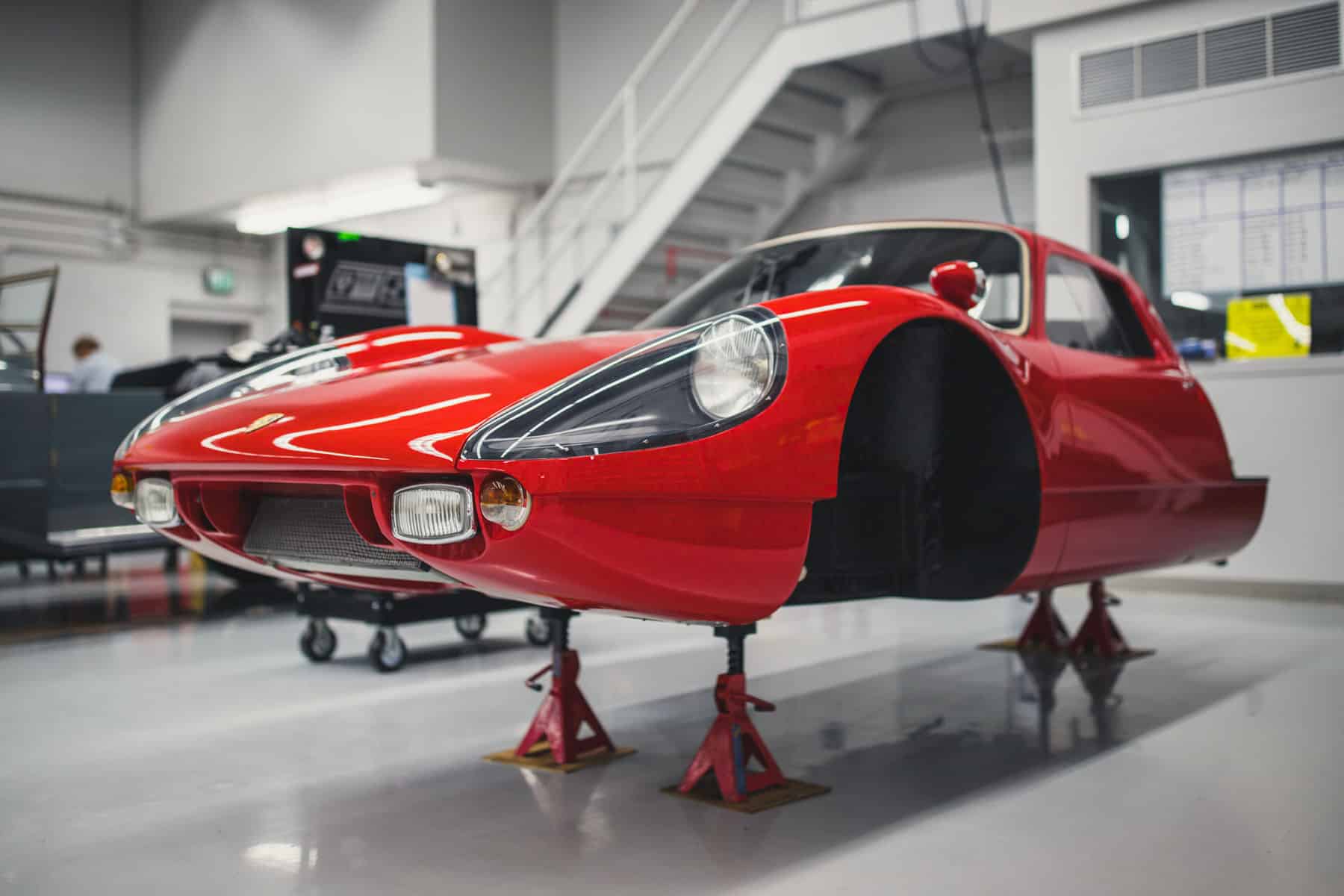
Comes the present day forty years later. Suddenly, the idea of screaming around a racetrack in the red 904 presents an alluring image. The shop crew got their directions, and a careful pre-event inspection was undertaken. Now, understand that this is a very beautiful example of a 904. It is almost ridiculously original with all the right bits and bobs: correct plating, all the original fasteners and finishes, and so forth. The black and white windshield gasket and the unobtanium pebble-texture dash pad are virtually perfect; the forty-year-old ruby paint still immaculate.
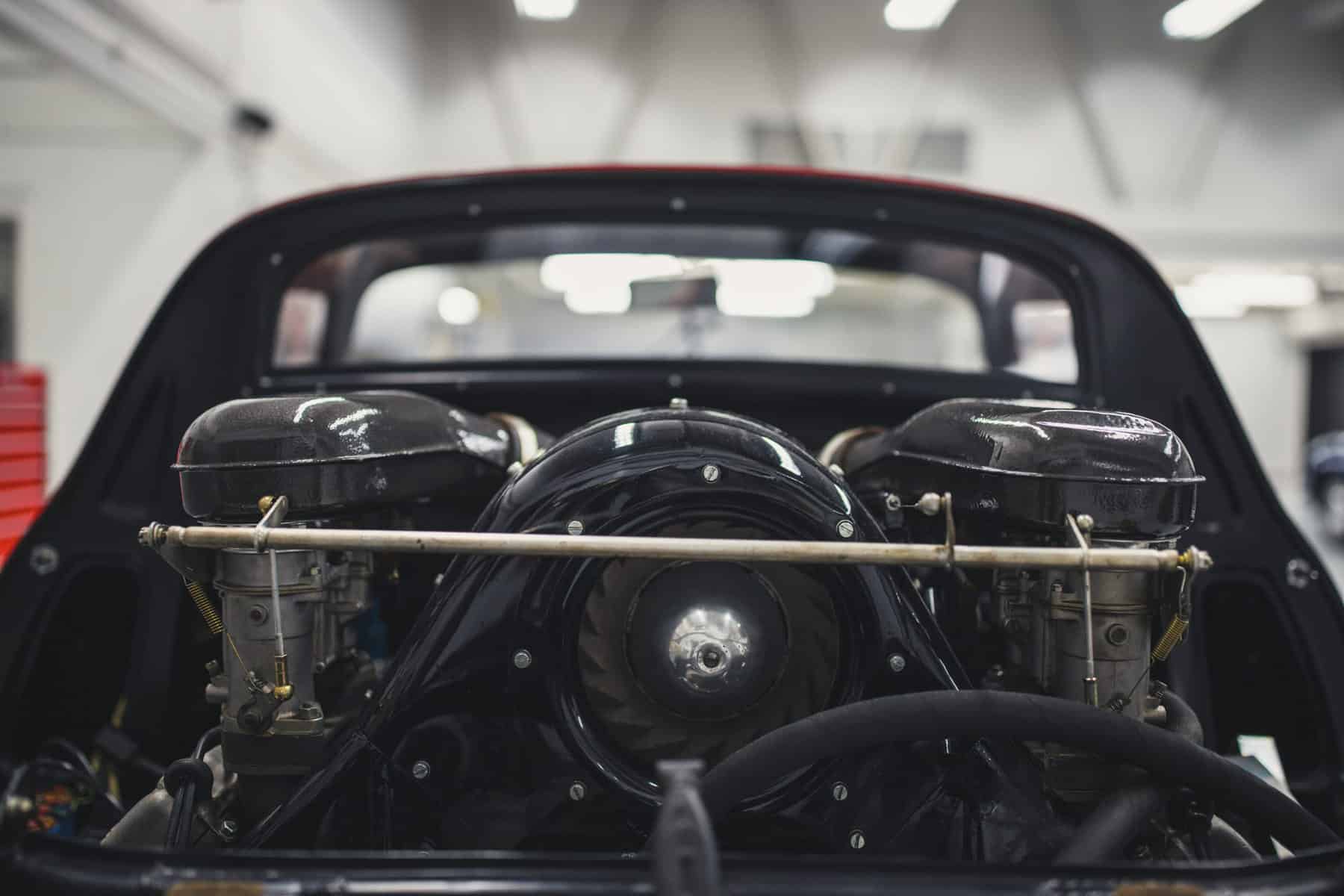
Over the years, conscientious maintenance had involved routinely changing flexible fuel and brake hoses, but now there was some concern about hardening brake caliper and wheel hub seals, the front upper and lower ball joints with their composite ball and seat inserts, and the Boge Flanblocs (the rubber suspension bushes used throughout the car). A close inspection of the 904’s Flanblocs showed that they were cracked and hardened. It was doubtful whether they would hold together under hard driving. A quick cruise of our parts department revealed a labeled bag of new, old-stock Flanblocs, a whole great bunch of them.
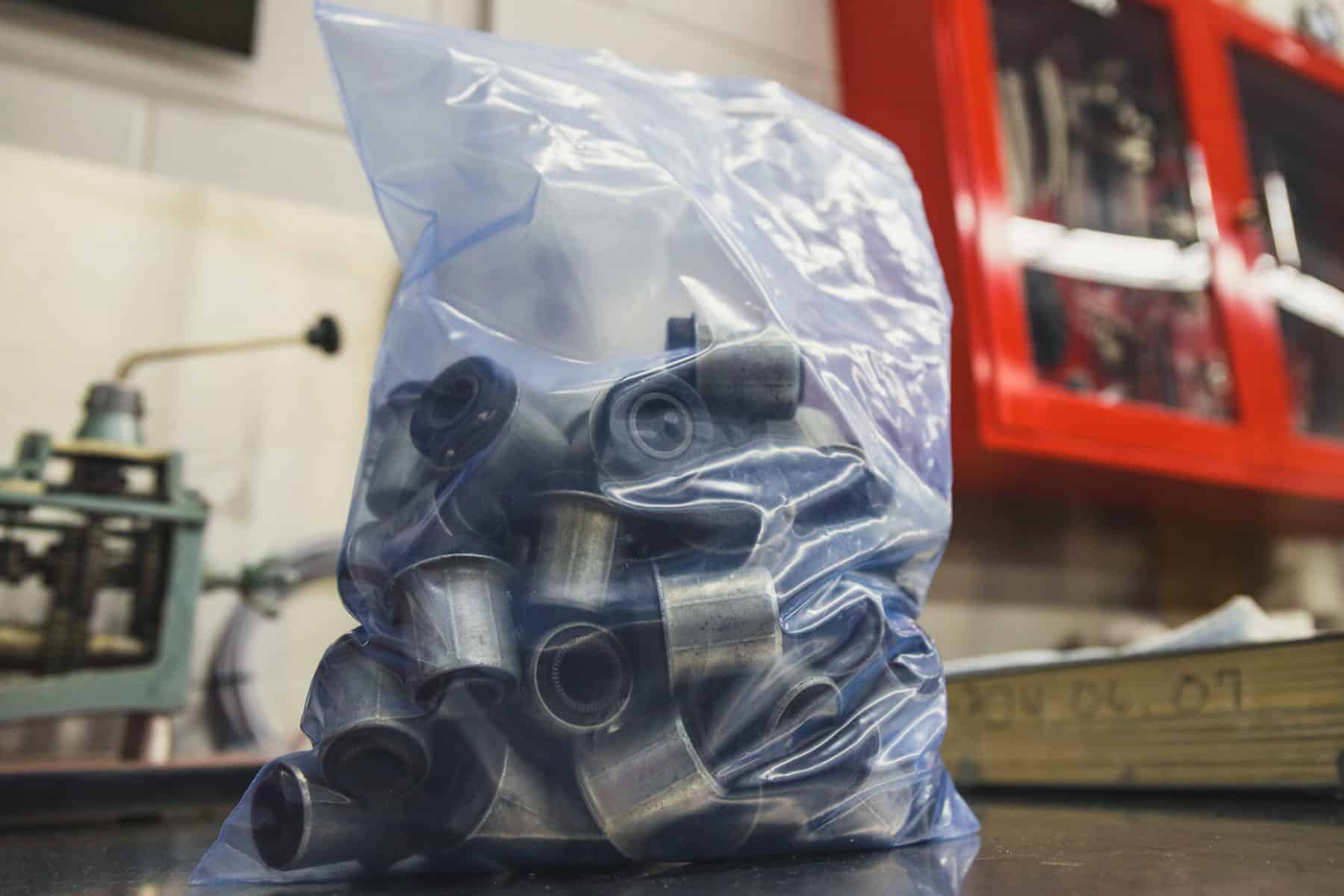
Sadly, each and every one of which was no better than the bushings on the car.
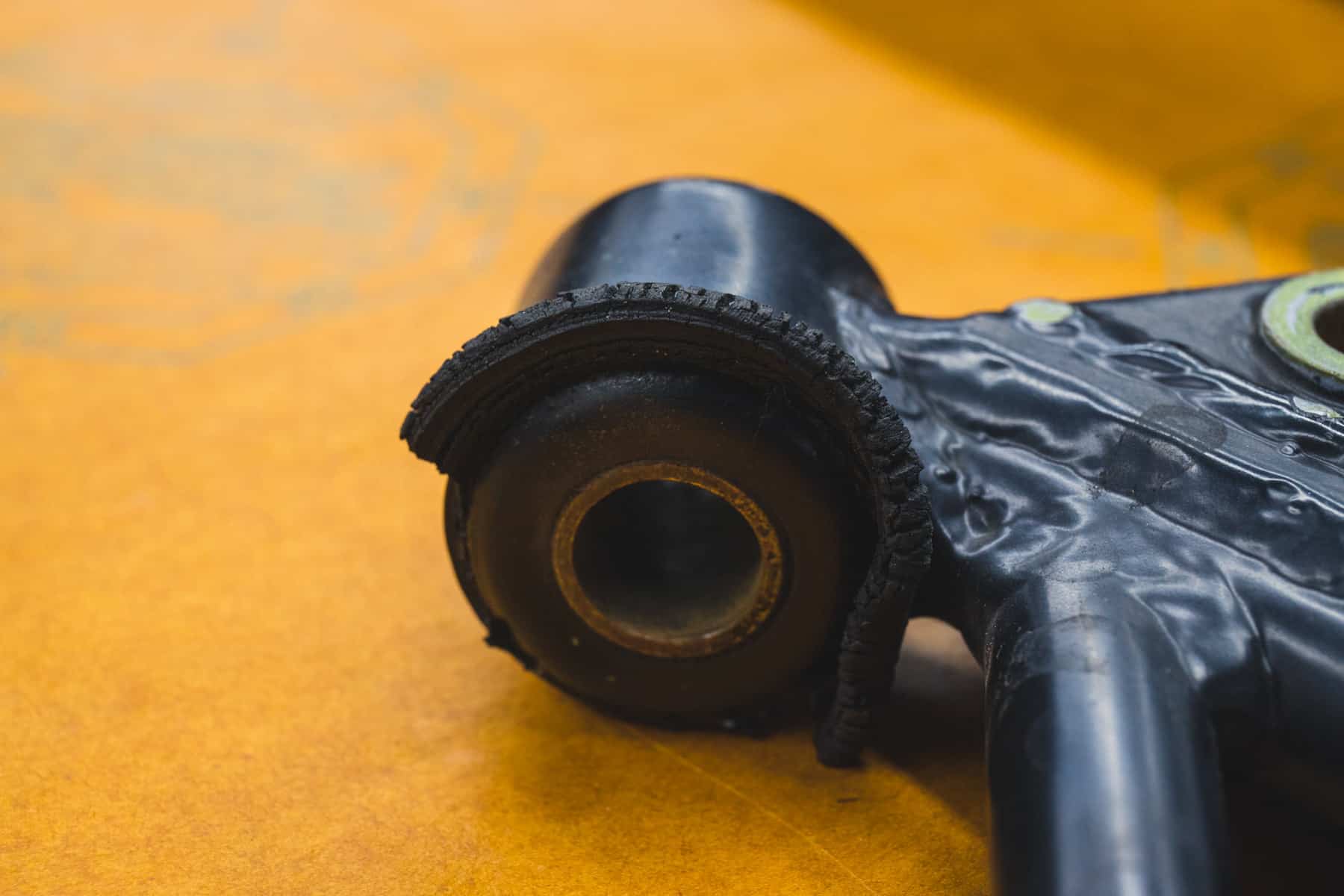
Here’s the point: my red 904 has been kept in optimal air-conditioned and dehumidified storage conditions for forty-five years. It has not been exposed to UV radiation, water, dirt, or other contaminants. Yet, important components are disintegrating all the same. The worm and the moth are not to be denied, no matter what precautions we take. Storing the car in an inert nitrogen environment would perhaps slow, but not stop, this inexorable reversion to dust. The moment we set down tools after restoring our prized automobile, the process of decay resumes; indeed, it never stopped, even during the restoration itself.
When I restored the 904 in 1977, I had replaced deteriorated bushes and reused those that were still serviceable. At that time, the car was less than fifteen years old. Now, it’s fifty-five. Understandably, most of its composite and synthetic materials are now junk. Despite looking like new, the car is a geriatric case, and all those time-sensitive components are unserviceable or on the way out. Instead of an inspection before going to the track, the car requires a complete rebuild of all four corners, including the brakes, wheel hubs, rack and pinion bushings, and more.
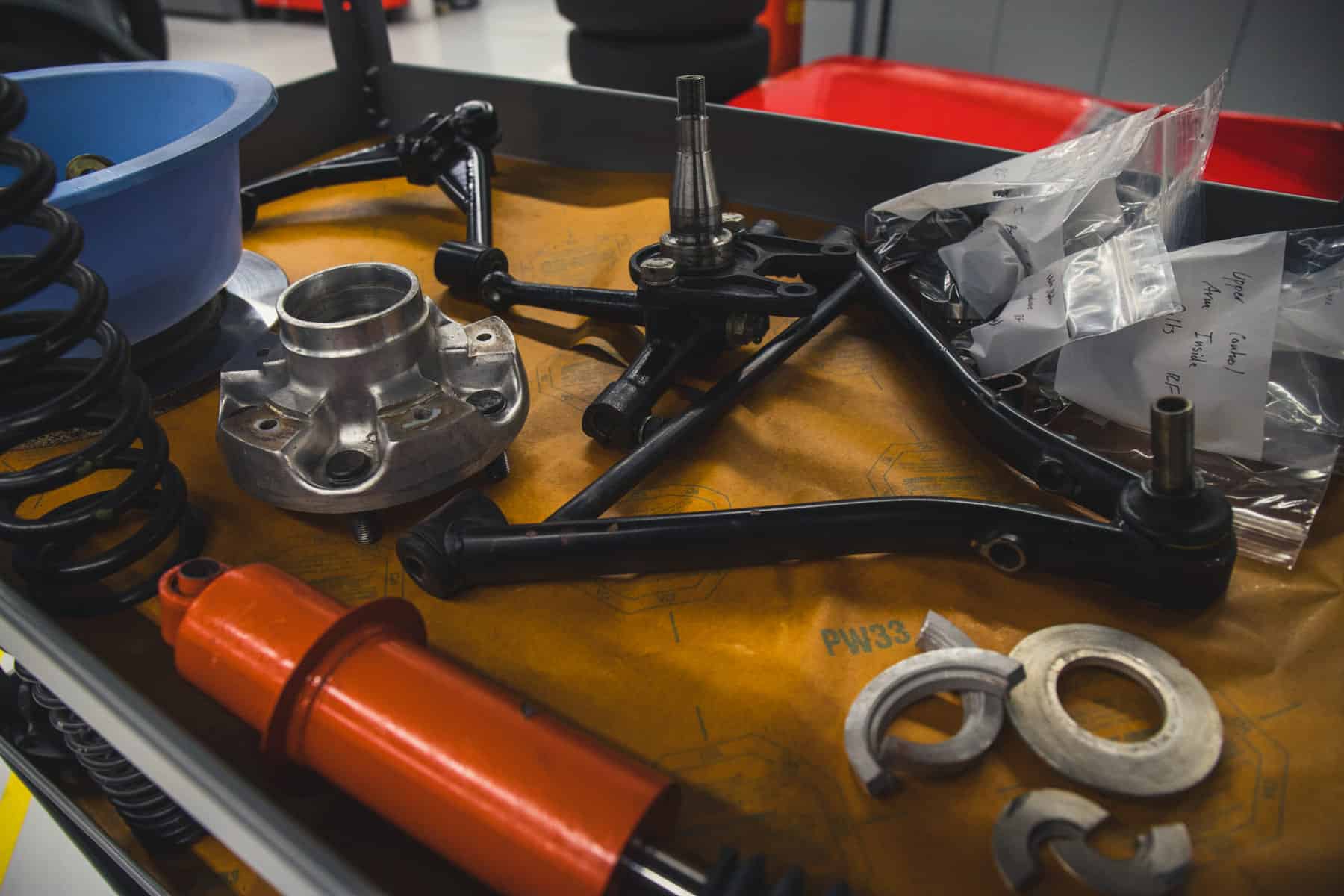
Ultimately, all our meaningful cars will revert to nature. Consumption, decay, and ruin are inextricably bound to materiality. Ours is merely the choice of how they get there: through use and its attendant consumption of components and subsequent serial replacement with replica parts, or through the aging and decay of original fabric.
By virtue of their intrinsic qualities of beauty, technological interest, performance, and just plain charisma, great automobiles like the Porsche 904 attract collectors and hence benefit from superior care. As a result, such “important” cars survive at a higher rate than do their more mundane contemporaries. Forty-year-old Ford Grenadas, Pintos, Toyota Celicas, and such ilk can be hard to find in fine condition.
But all matter, even the most important and spectacular car, is on a trajectory that sooner or later ends in ruin and decay. While it is true that some kinds of matter and some variety of things endure the effects of time and use better than others, automobiles inhabit a middle ground between long-lived things: buildings, porcelain, fine art, jewels; and the ephemeral flotsam of daily life: fashions, periodicals, toys, and electronics.
Even the simplest automobile is made up of hundreds of precision parts that must be maintained in precise adjustment and must function at relatively high loads while frequently subject to abusive use, neglect, and adverse environmental conditions. Automobiles require sustained human effort to maintain operability. And so, my 904, despite the best storage conditions and regular maintenance, is the victim of entropic forces that, forty years after restoration, have seriously degraded its function.
Legacy automobiles like the Porsche are the subject of a “current use” versus “future preservation” trade-off. But, even more significantly in the case of our Porsche 904, minimal use, optimal storage, and continuing care have not resulted in preservation because the parts themselves had an “inherent vice” that inevitably led to ruin.
That sad fact brings us face-to-face with the existential question: to what extent should we be resigned to the aging and wear of a restored automobile in the present? And if we use such cars extensively, we realize that not only is time gnawing at their fabric, but use itself is inexorably leading to loss through ordinary wear and tear.
Despite its inevitable consumption through use-related wear, the frequently used car is more a living thing in the present day than is the museum-sequestered automobile characterized by its inert status within a hushed exhibition hall. Yet the frequently used automobile is also more a thing that is being changed through wear and consumption.
There is, at best, a blurred line between original, conserved, restored, and replicated when we consider complex technological artifacts from the past such as automobiles. So long as care is extended to cars, specific decisions revolving around preservation, care, repair, and betterments can do no more than slow the inevitable process of becoming dust.
In the end, whether an active existence is chosen for an automobile, or a retired, preservation-oriented program, disappearance and loss are the inevitable end for all things. The first path leads to becoming something else through the serial replacement of parts, ultimately resembling “George Washington’s axe” with its third new head and fifth new handle, while the latter ends in deterioration and reversion to dust. You can take your choice.



![alfa gtz perfectly imperfect webannerl[1]](https://automedia.revsinstitute.org/wp-content/uploads/2024/08/Alfa-GTZ-Perfectly-Imperfect-webannerl1-uai-1200x800.jpg)

